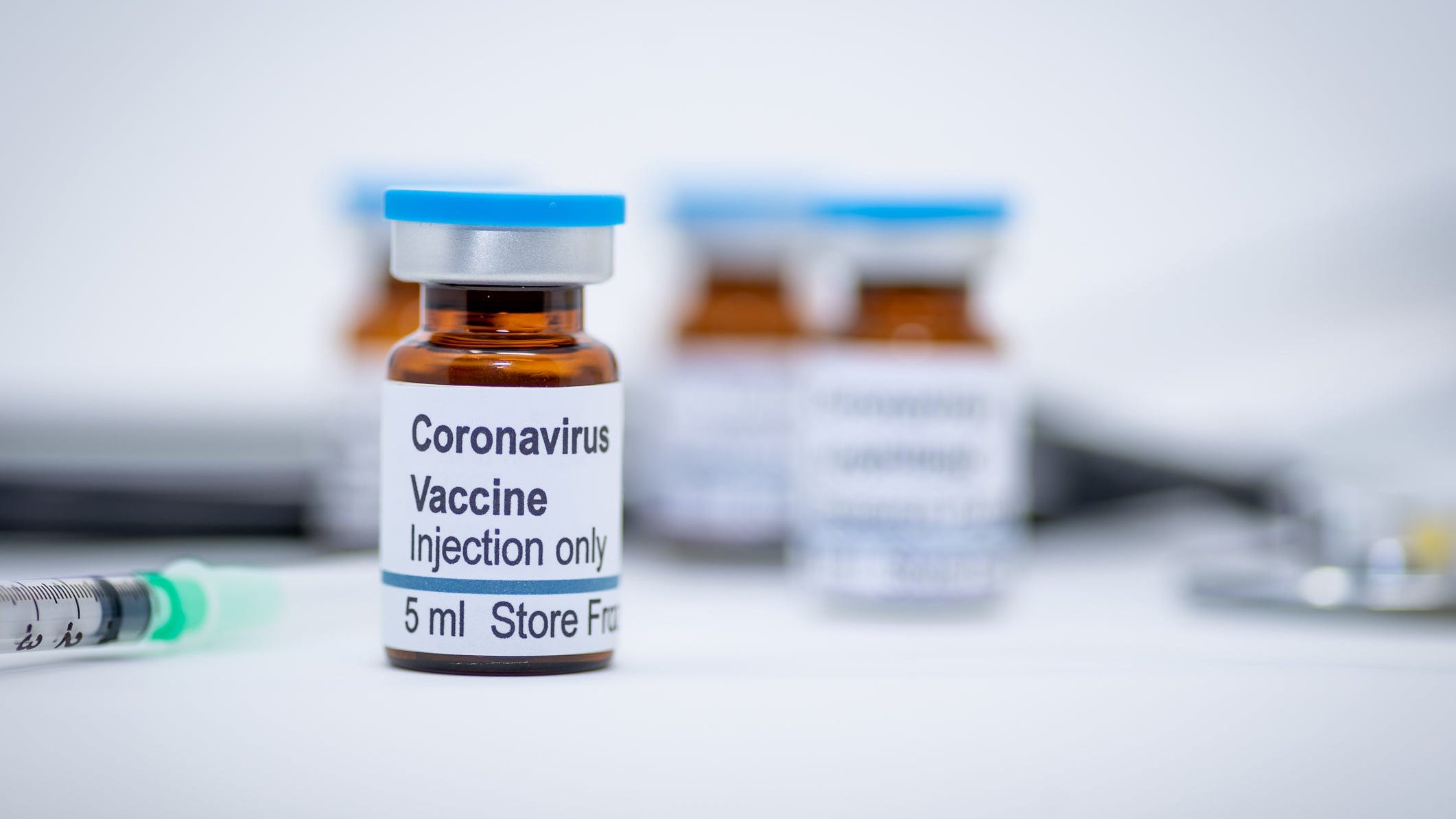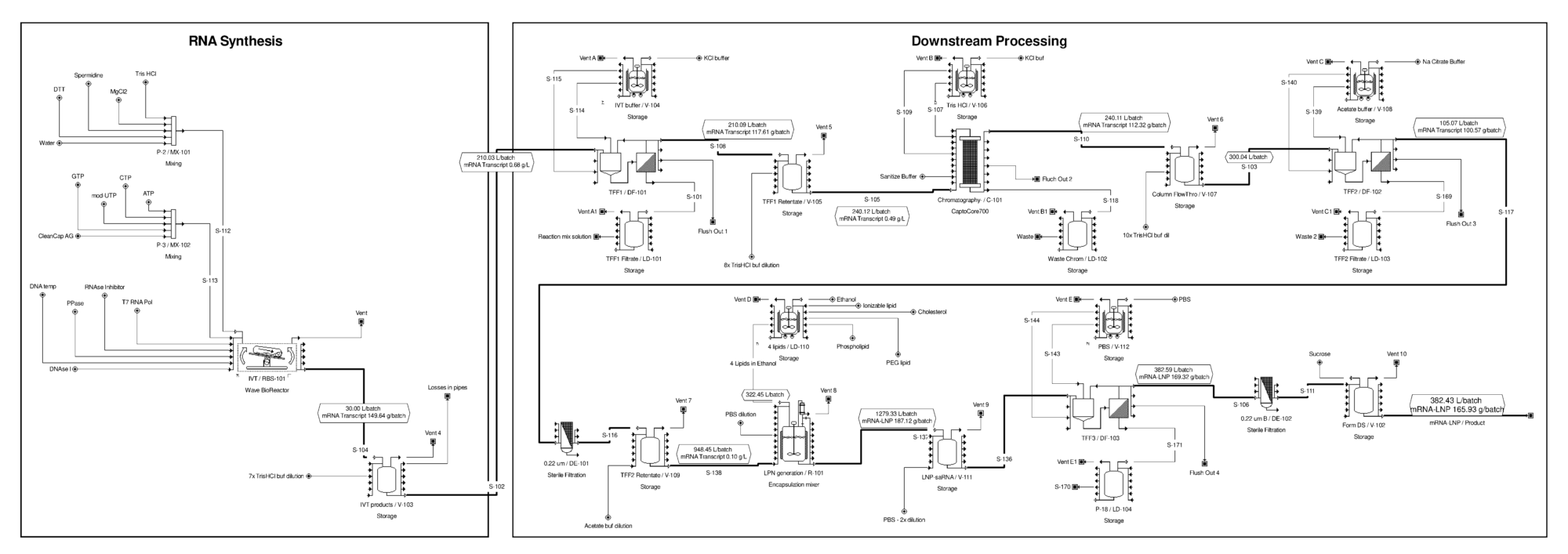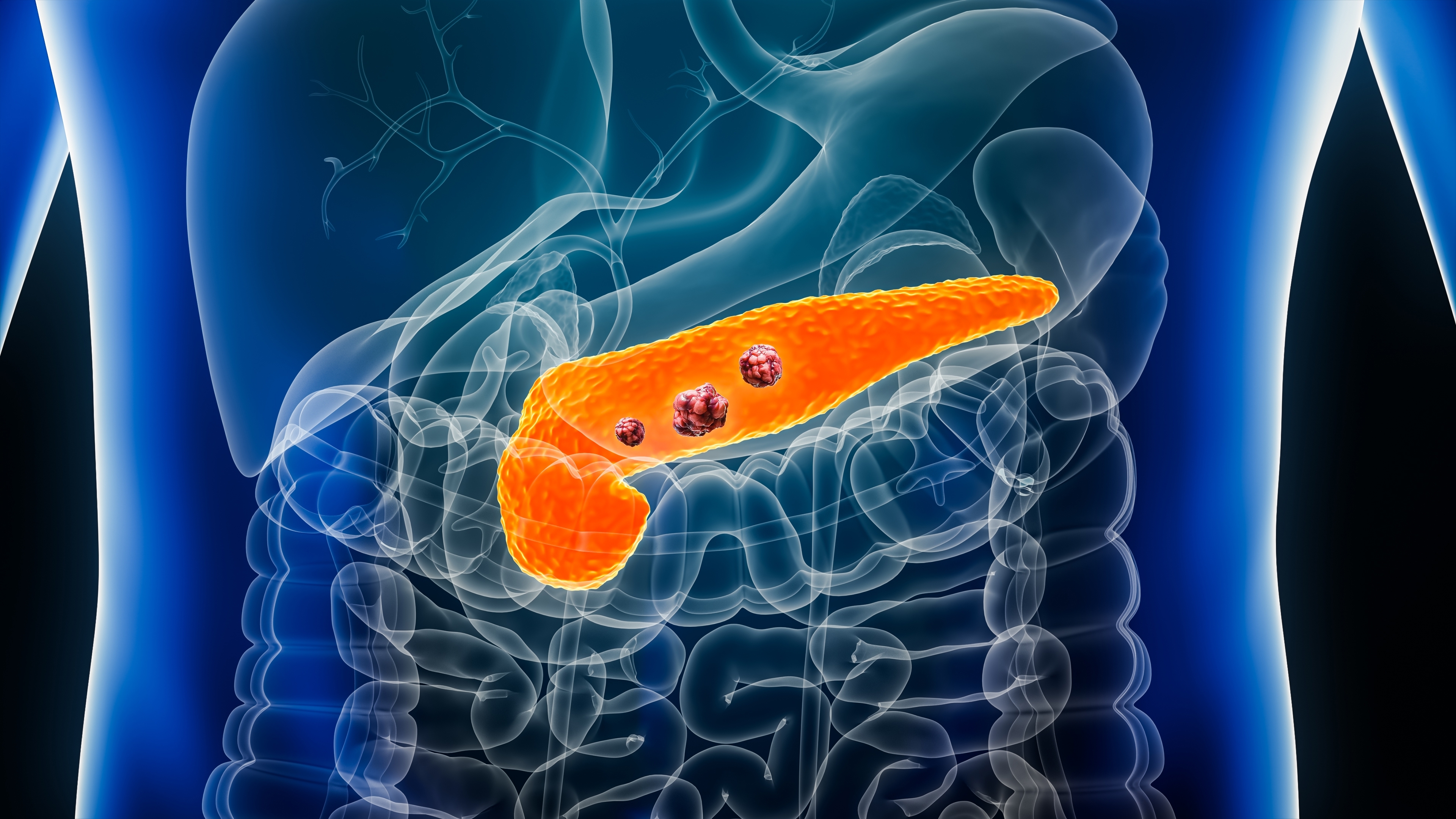

Several different viruses have been used as vectors, including influenza, vesicular stomatitis virus (VSV), measles virus, and adenovirus, which causes the common cold. Viral vector vaccines use a modified version of a different virus as a vector to deliver protection. Scientists used this technology to make COVID-19 vaccines as well. Some vaccines recently used for Ebola outbreaks have used viral vector technology, and a number of studies have focused on viral vector vaccines against other infectious diseases such as Zika, flu, and HIV. Toxoid vaccines are used to protect against:įor decades, scientists studied viral vector vaccines. Like some other types of vaccines, you may need booster shots to get ongoing protection against diseases. That means the immune response is targeted to the toxin instead of the whole germ. They create immunity to the parts of the germ that cause a disease instead of the germ itself. Toxoid vaccines use a toxin (harmful product) made by the germ that causes a disease. Whooping cough (part of the DTaP combined vaccine).

Hib ( Haemophilus influenzae type b) disease.These vaccines are used to protect against: One limitation of these vaccines is that you may need booster shots to get ongoing protection against diseases. They can also be used on almost everyone who needs them, including people with weakened immune systems and long-term health problems. Subunit, recombinant, polysaccharide, and conjugate vaccines use specific pieces of the germ-like its protein, sugar, or capsid (a casing around the germ).īecause these vaccines use only specific pieces of the germ, they give a very strong immune response that’s targeted to key parts of the germ. Subunit, recombinant, polysaccharide, and conjugate vaccines MRNA vaccines are used to protect against: mRNA vaccines have several benefits compared to other types of vaccines, including shorter manufacturing times and, because they do not contain a live virus, no risk of causing disease in the person getting vaccinated. mRNA vaccines make proteins in order to trigger an immune response. Researchers have been studying and working with mRNA vaccines for decades and this technology was used to make some of the COVID-19 vaccines. Messenger RNA vaccines-also called mRNA vaccines Measles, mumps, rubella (MMR combined vaccine).Live vaccines are used to protect against: That means they can’t be used in countries with limited access to refrigerators. They need to be kept cool, so they don’t travel well.Because they contain a small amount of the weakened live virus, some people should talk to their health care provider before receiving them, such as people with weakened immune systems, long-term health problems, or people who’ve had an organ transplant.Just 1 or 2 doses of most live vaccines can give you a lifetime of protection against a germ and the disease it causes.īut live vaccines also have some limitations. Live vaccines use a weakened (or attenuated) form of the germ that causes a disease.īecause these vaccines are so similar to the natural infection that they help prevent, they create a strong and long-lasting immune response. Inactivated vaccines are used to protect against:

So you may need several doses over time (booster shots) in order to get ongoing immunity against diseases. Inactivated vaccines usually don’t provide immunity (protection) that’s as strong as live vaccines. Inactivated vaccines use the killed version of the germ that causes a disease.
Mrna vaccines list how to#
Each type is designed to teach your immune system how to fight off certain kinds of germs-and the serious diseases they cause. There are several different types of vaccines.


 0 kommentar(er)
0 kommentar(er)
